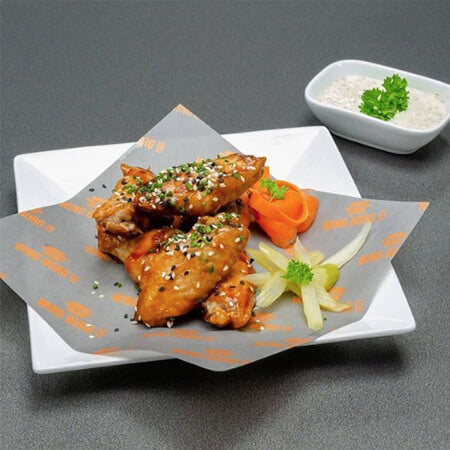The Evolution of Burger Packaging A Taste of Innovation
The hamburger is more than just a meal; it is a staple that has found its place in cultures around the world. With its popularity has come an ongoing quest for the perfect packaging that not only protects the burger but also enhances the overall dining experience. The evolution of burger packaging reflects broader trends in consumer preferences, sustainability, and innovation in the food industry.
Historical Context
The history of burger packaging can be traced back to the late 19th century when the hamburger itself was popularized in the United States. Initially, burgers were served on plain plates or in paper wrapping that did little to keep the food warm or intact. As fast food restaurants emerged in the mid-20th century, the need for more practical packaging solutions became apparent. Paper wrappers, cardboard boxes, and plastic clamshells were designed to be functional, allowing customers to eat on the go.
Functional Design
Modern burger packaging must achieve a balance between form and function. A classic hamburger’s ingredients—juicy patties, fresh vegetables, and melting cheese—can create a mess if not contained properly. This has led to the development of specialized packaging designs that keep the burger intact, allowing for easy consumption. For instance, some restaurants use clamshell containers made from recyclable materials, which not only hold the burger securely but also provide additional space for sides such as fries or onion rings.
Sustainability Concerns
As awareness of environmental issues grows, the demand for sustainable packaging has taken center stage in the food industry. Traditional single-use plastic packaging has come under fire for contributing to environmental pollution and landfill waste. In response, many burger chains have begun to transition to eco-friendly alternatives. Biodegradable wrappers, compostable containers, and recyclable materials are now seen as not just preferable but necessary.
Companies are also exploring innovative materials derived from seaweed, mushrooms, and other bioplastics that offer the same durability without the negative environmental impact. These sustainable packaging products appeal to increasingly eco-conscious consumers who are making choices not only based on taste but also on the environmental footprint of their food.
burger packaging

Branding through Packaging
Burger packaging serves another critical purpose branding. In a crowded marketplace, the visual appeal of packaging can significantly influence a consumer's choice. Distinctive designs, vibrant colors, and engaging graphics can create a lasting impression. Creative packaging can help convey a brand's values or story, making the dining experience feel more personal.
Some fast-food chains have rolled out limited-edition packaging designs to promote seasonal promotions or collaborations with popular brands. Unique packaging not only excites consumers but also encourages social media sharing, as diners post pictures of their meals with eye-catching backgrounds. This trend has made the burger not just a meal but an experience worth sharing.
Challenges Ahead
Despite the advances in burger packaging, challenges remain. The balance between cost, practicality, and sustainability can be difficult to achieve. For smaller restaurants or food trucks, the expense of eco-friendly packaging can be prohibitive. Additionally, maintaining the freshness and temperature of burgers during transportation—especially for delivery services—requires careful consideration of materials.
Furthermore, as consumers become more discerning, they demand not only delicious food but also safe food. Food safety regulations must be adhered to, ensuring that packaging materials do not contaminate food. Transparency in packaging is another rising demand, as consumers want to know about the materials used and their origins.
Conclusion
The evolution of burger packaging reflects changes in consumer preferences, technological advancements, and rising environmental consciousness. From simple paper wraps to innovative sustainable solutions, packaging plays a crucial role in the overall burger experience. As the fast-food industry continues to grow and evolve, so too will the methods of packaging, ensuring that this beloved meal can be enjoyed responsibly and efficiently. The future of burger packaging holds exciting possibilities, combining functionality, sustainability, and brand storytelling in a way that elevates the humble hamburger to new heights.



